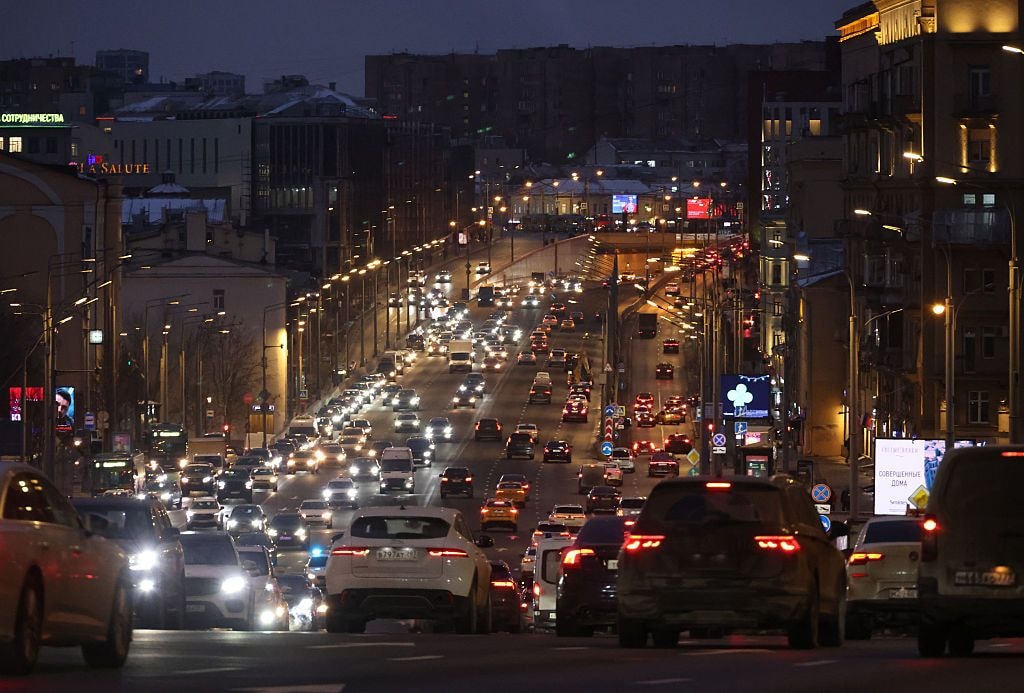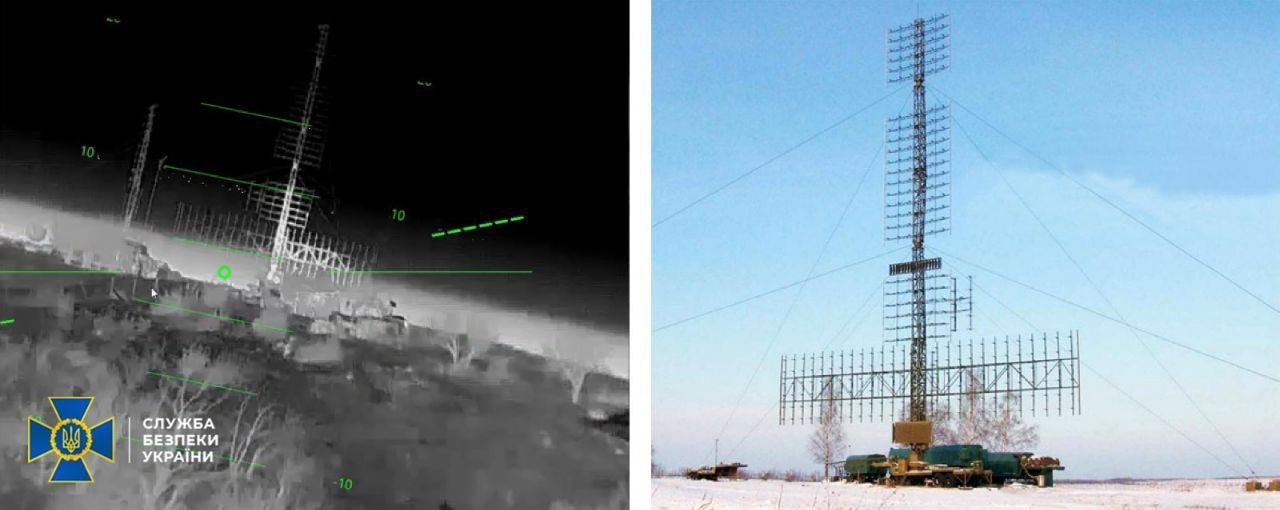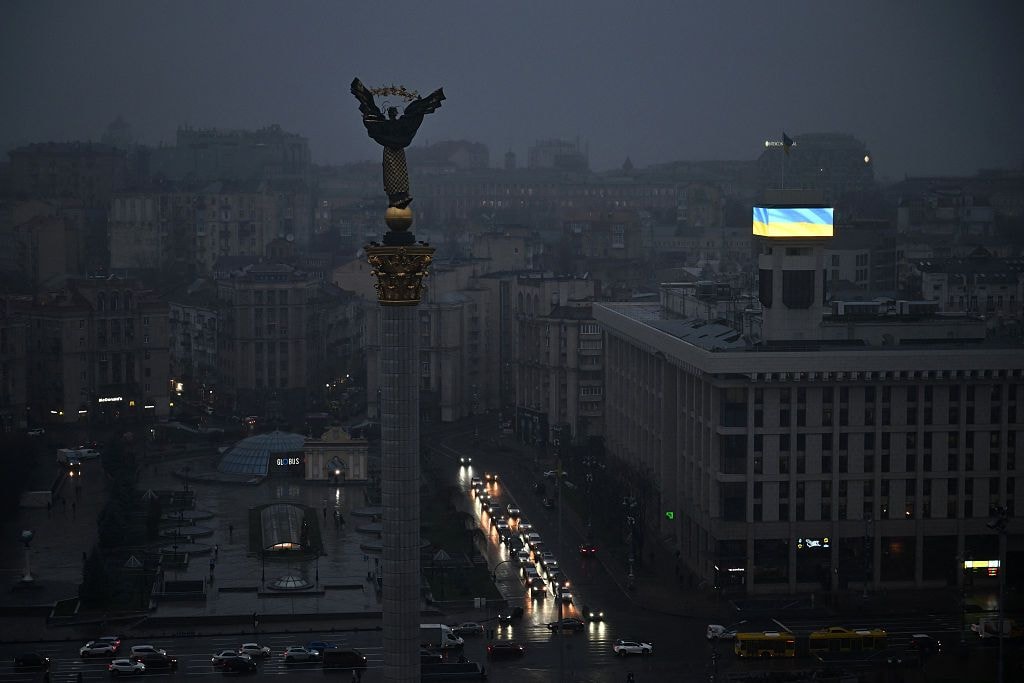Washington Post: Russia progressing on mass production of attack drones

Leaked documents show that Russia "has made steady progress" with its plans to produce its own version of the Iranian Shahed kamikaze drone for use against Ukrainian targets, the Washington Post reported on Aug. 17.
The documents detail how Russia is setting up a production line in Tatarstan that aims to build 6,000 attack drones by the summer of 2025, improving on "Iran's dated manufacturing techniques," to produce more deadly drones on a greater scale.
Russia often launches drones at night to exhaust and detect Ukrainian air defense to further fire missiles at it from its aircraft or missile carriers. According to the Air Force, drones remain challenging to Ukrainian forces to shoot down.
The Washington Post story follows a U.K. Defense Ministry report on Aug. 16, that said that Russian forces have almost certainly started to deploy domestically-produced drones based on Iranian Shahed drone designs.
Domestic production will enable Russia to establish a more stable supply of kamikaze drones to be used in airstrikes against Ukraine, the ministry noted.
However, Moscow is currently still dependent on components and complete weapons shipped from Iran, mostly via the Caspian Sea, the defense report said.
The White House has raised the issue of Iran's supply of attack drones to Russia with Tehran, the Financial Times reported on Aug. 16, though Iran has long officially denied that it is behind the supply of drones.
According to the FT's sources, Washington has asked Tehran to stop selling drones to Russia at indirect talks in Qatar and Oman this year.
The Washington Post added that researchers from the U.S. Institute for Science and International Security studied the leaked documents and assessed that Russia has not yet managed to produce entire drones yet, their bodies, "and probably for not more than 300" units.
The researchers also said that the project is already "at least a month behind schedule."
However, the research team concluded that if Russia manages to set up the production line, it will have the ability to regularly attack Ukraine with hundreds of drones at a time.
The Washington Post said that the documents, which date from late 2022 to early 2023, were leaked by a person involved in the project who opposes the invasion of Ukraine.
On Aug. 3, President Volodymyr Zelensky said that Russia had so far launched almost 2,000 Shaheds at Ukraine.













